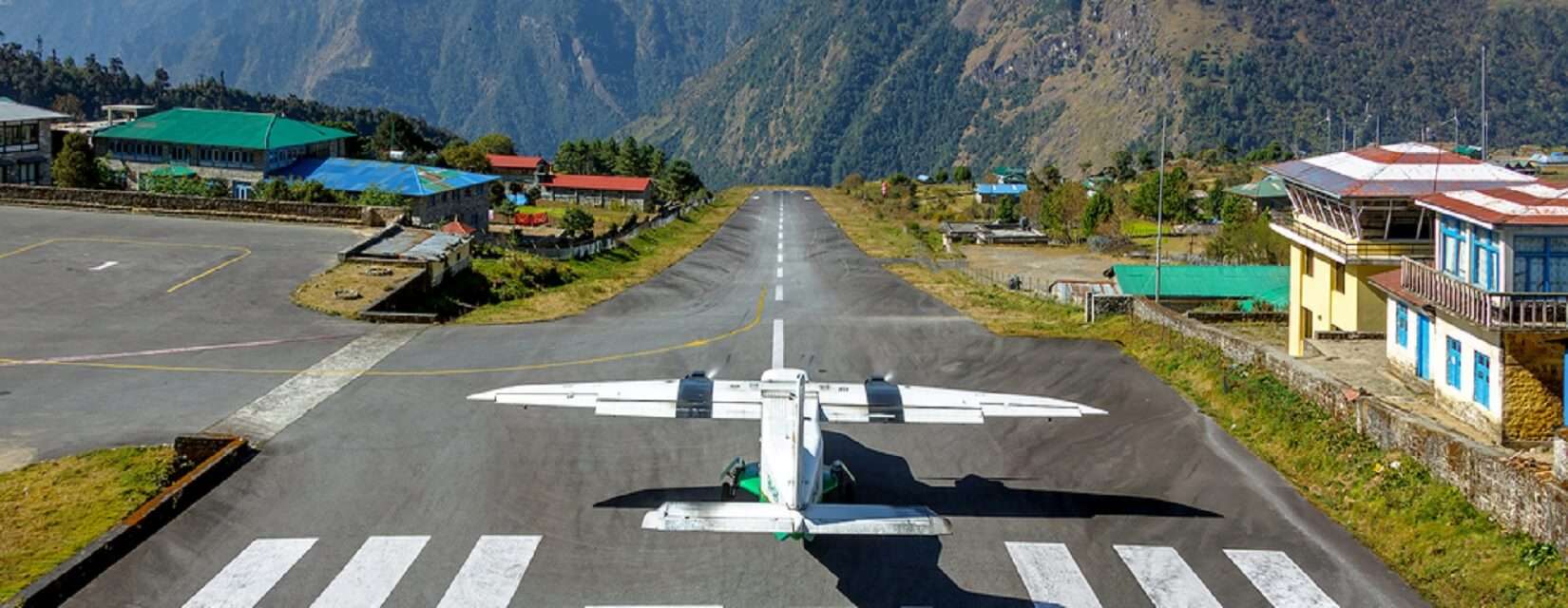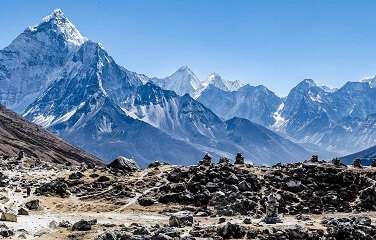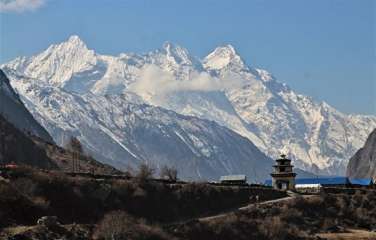Weather Conditions and Flight Safety

Unpredictable Weather in Kathmandu: Kathmandu experiences frequent weather changes, including fog and heavy rain, which can delay or cancel flights. Lukla itself, due to its location in a mountainous region, is also prone to sudden weather shifts, making the coordination of flights from Kathmandu particularly challenging.
More Stable Weather in Manthali: Manthali Airport generally enjoys more stable weather conditions compared to Kathmandu. This stability increases the likelihood of flights departing on time and reduces the chances of cancellations, providing a more reliable alternative for travelers.
Air Traffic Congestion at Tribhuvan International Airport
High Volume of Air Traffic: TIA is Nepal's primary international and domestic airport, handling a significant volume of flights daily. This high traffic can lead to delays, especially during peak trekking seasons when the number of flights to Lukla increases substantially.
Operational Bottlenecks: Heavy traffic can cause bottlenecks in airport operations, leading to logistical challenges in managing flights. Shifting flights to a less congested airport helps in managing the flow of air traffic more efficiently.
Economic and Developmental Considerations
Promoting Regional Development
Economic Boost for Ramechap Region: The increase in flights from Manthali has brought economic benefits to the Ramechap region. Local businesses, such as hotels, restaurants, and transport services, have experienced growth due to the influx of tourists.
Infrastructure Improvements: To accommodate the increased number of travelers, infrastructure in and around Manthali has been upgraded. These improvements include better roads, enhanced airport facilities, and improved accommodation options.
Distribution of Economic Activity

Reducing Pressure on Kathmandu: By rerouting flights to Manthali, the economic activities associated with tourism are distributed more evenly across different regions. This reduces the concentration of tourism-related business in Kathmandu and helps in the overall economic development of other areas.
Operational Efficiency and Safety Enhancements
Reduced Delays and Cancellations
Improved On-Time Performance: The stable weather and lower air traffic at Manthali Airport result in fewer delays and cancellations. This reliability is crucial for maintaining tight trekking schedules and ensuring that trekkers can start their journeys as planned.
Efficient Flight Operations: With fewer flights operating from Manthali, the process of boarding and deboarding is more efficient. This reduces waiting times and enhances the overall travel experience for passengers.
Enhanced Safety Protocols
Focus on Flight Safety: The shift to Manthali allows for better adherence to safety protocols due to reduced congestion and improved operational efficiency. Safety is paramount when flying into Lukla, one of the world’s most challenging airports due to its short runway and mountainous terrain.
Traveler Experience and Adaptation
Road Journey to Manthali
Scenic Drive from Kathmandu: The road trip from Kathmandu to Manthali takes approximately 4-5 hours. While this adds an extra leg to the journey, the scenic drive offers a glimpse of Nepal’s rural landscape and culture, enriching the overall travel experience.
Overnight Stays in Manthali: Many travelers opt to stay overnight in Manthali to catch early morning flights to Lukla. This has led to the development of various accommodation options, catering to different budget ranges and preferences.
Communication and Awareness
Informing Travelers: Clear communication about the logistics of traveling to Manthali is crucial. Travel agencies and airlines have been working to ensure that travelers are well-informed about the road journey, accommodation options, and flight schedules to minimize any potential inconvenience.
Environmental Considerations
Reduced Carbon Footprint
- Lower Emissions from Reduced Congestion: The reduced air traffic at TIA contributes to lower carbon emissions, as fewer flights are delayed or held in holding patterns due to congestion.
- Efficient Flight Paths: The smoother operations from Manthali allow for more direct and efficient flight paths, further reducing the overall carbon footprint of these flights.
Sustainable Tourism Practices
- Minimizing Environmental Impact: By distributing flights across multiple airports, the environmental impact on any single location is minimized. This approach aligns with sustainable tourism practices, aiming to preserve Nepal’s natural beauty for future generations.
Challenges and Limitations

Infrastructural Limitations at Manthali
- Basic Facilities: While improvements have been made, Manthali Airport still has limited facilities compared to TIA. Travelers might find fewer amenities and services available.
- Accommodation and Transportation Issues: The sudden surge in tourism has sometimes outpaced the development of adequate accommodation and transportation facilities, leading to occasional shortages and logistical challenges.
Traveler Adjustment and Adaptation
- Adjusting to New Travel Routes: Travelers accustomed to direct flights from Kathmandu need to adapt to the additional road journey. Proper planning and preparation are essential to ensure a smooth transition.
- Managing Expectations: Ensuring that travelers have realistic expectations about the journey, including the road trip and overnight stays, is crucial for a positive travel experience.
Conclusion
The shift from direct flights to Lukla from Kathmandu to departures from Ramechap's Manthali Airport has been influenced by a combination of logistical, safety, economic, and environmental factors. While this change poses certain challenges, it also brings significant benefits in terms of flight reliability, regional development, and reduced congestion at Kathmandu’s main airport. Understanding the reasons behind this shift and preparing for the associated logistics can enhance the overall travel experience for trekkers heading to the Everest region. This strategic move ultimately supports sustainable tourism and ensures that the journey to one of the world's most iconic trekking destinations is as safe and efficient as possible.





